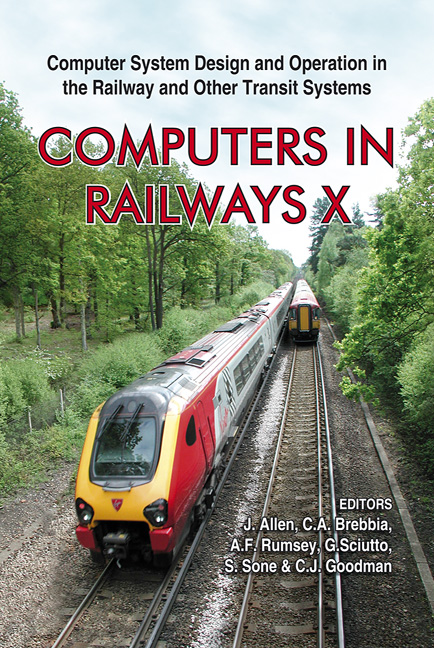Analysis And Optimisation Of Railway Nodes Using Simulation Techniques
Price
Free (open access)
Transaction
Volume
88
Pages
10
Published
2006
Size
1,197 kb
Paper DOI
10.2495/CR060651
Copyright
WIT Press
Author(s)
A. Kavička, V. Klima & N. Adamko
Abstract
Railway nodes represent sensitive points of railway networks, the efficiency of which influences the effectiveness of network processes. Those nodes belong to the most complex service systems involving sophisticated technological processes and are equipped with quite complicated and costly technical devices. Design of those systems and the organization of their operation have to facilitate the required capacity together with a high quality of service processes as well as minimal costs of resources. That intention can be achieved using various measures, e.g. track infrastructure modification, utilization of alternative kinds of resources, improvement of scheduling and rostering, enhancement of technological processes, adjustment of decision making strategies or entire system reengineering (that approach can be applied to a design of a new node). The application of exact mathematical optimisation methods is quite limited because of the high complexity of the above-mentioned systems. Computer simulation offers a quite flexible and credible technique eliminating the disadvantages of precedent approaches, i.e. a simulation model of railway node (substituting an existing or planned system) enables one to investigate all mentioned ways of an increase of node capacity. Efficient methodologies are introduced aimed at the solution of capacity problems related to railway nodes using the simulation software tool Villon, which was originally determined for simulations of railway marshalling yards; however its flexible hierarchical software architecture enabled us to extend its scope to other kinds of transportation nodes (including e.g. automobile traffic). Keywords: transportation node, simulation model, planning, optimisation.
Keywords
transportation node, simulation model, planning, optimisation.





